This is Paris on the 21st of January 1910, when a flash flood brought chaos to the city. It was one of the worst floods in European history, as the river Seine rose 8 meters above its normal height. Metros were flooded and buildings were destroyed. But more curiously, almost all of the clocks around the city mysteriously stopped at exactly 10:50, as if time itself had stopped amidst the chaos. These clocks were part of a special network of underground pipes that used bursts of air to synchronize time around the city.
Paris Pneumatic Clocks
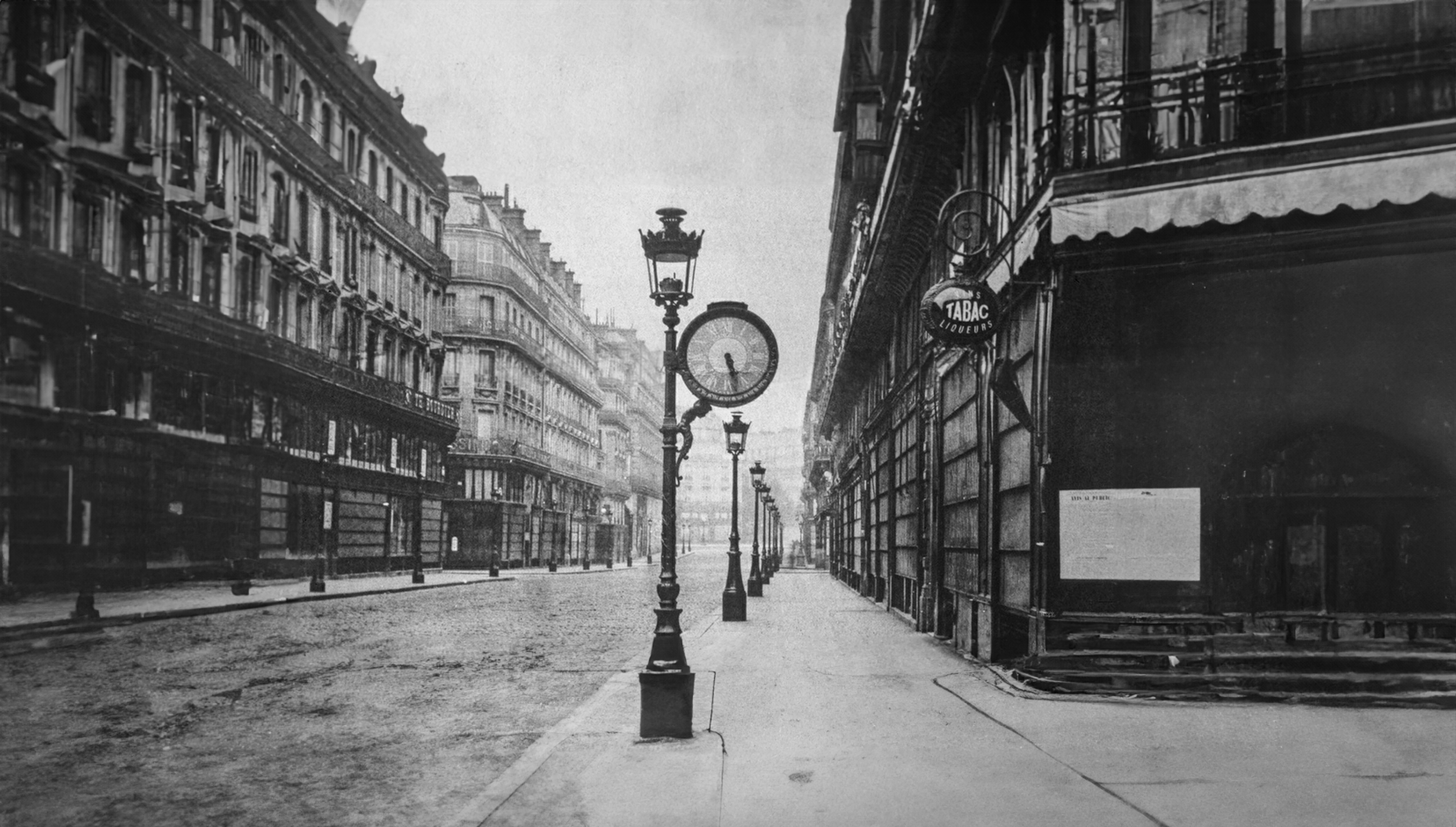
This genius system was created in 1880 by Austrian engineer Victor Popp – and just 5 years later, thousands of these clocks were placed all over the city – in hotels, train stations, houses, schools and public streets. We modeled this incredible system and the special machine at the heart of it, to show you how a series of underground pipes and mechanical clocks kept an entire city in sync.
19th century timekeeping
Before the invention of accurate electrical clocks, time was hard to keep. Mechanical clocks would slowly drift out of sync, leaving everyone on slightly different times. Business meetings and train schedules were impossible, since no one would arrive at the right time. In fact, the idea of there being an exact time wasn’t really a thing yet. Tower bells around the city would ring out to let people know which hour it was. But as cities became more civilized, knowing the time to the nearest hour was no longer good enough. There needed to be a way to make sure everyone was on the same time, down to the nearest minute.
The idea was to have a master clock in the center of Paris that would send out a pulse each minute to synchronize every clock around the city. Sending the signals electronically was far too expensive, so Popp decided that sending bursts of air would be cheaper and more reliable. The clocks wouldn’t have to be powered, the bursts of air would simply move all the clocks in the system forward at the same time. This idea had been tested out in Vienna a few years before, and it clearly demonstrated that having everyone on the same time was the way of the future.
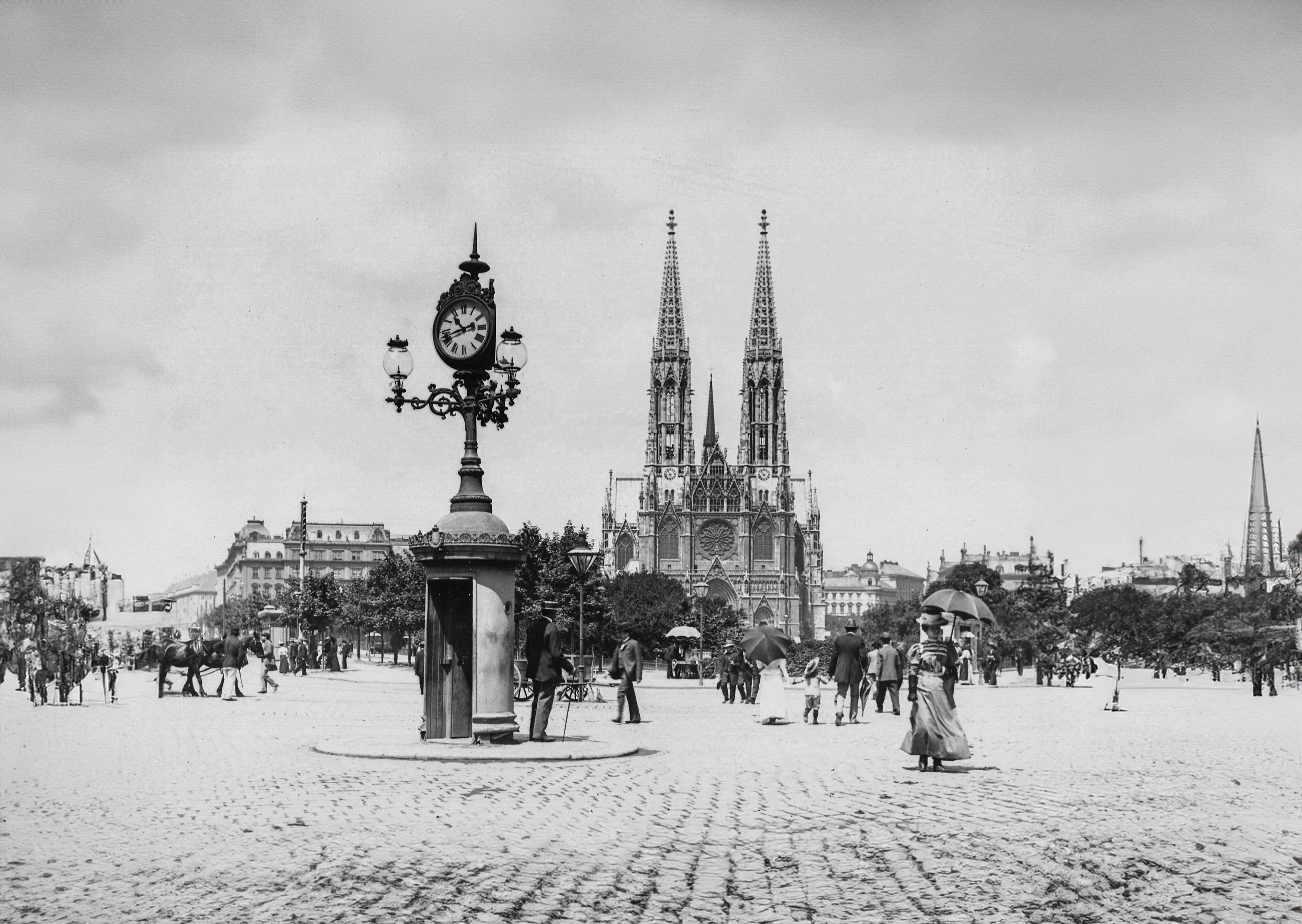
So the government of Paris gave Popp and his team a 50 year contract to provide time to Paris. The Pneumatic Clock Company set up shop in the center of Paris and began working on the master clock. This was an extremely precise clock that could run 24/7 without going out of sync. Before we look at how this incredible machine worked, we need to understand the general principles of mechanical clocks.
Mechanical clock basics
In order to run without electricity, a spring or weight was typically used to provide energy. By raising a weight, energy is stored in the form of potential energy. When it’s released, gravity pulls it down and the wheel spins. Of course, a clock that ran out after a couple of seconds would be useless. So an escapement mechanism is added to slow down the weight and create a continuous pulse.
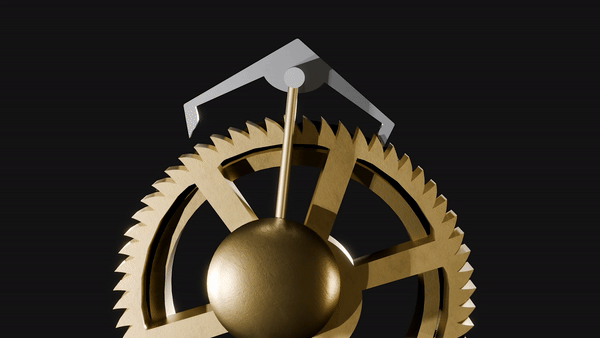
As the gear turns, the escapement rocks back and forth like a pendulum, moving the gear at constant intervals and slowing down its release of energy. By changing the length of the pendulum, the clock can be tuned to run faster or slower. Adding a train of high-ratio gears slows down the system even more, meaning the weight can power the clock for an entire week without having to be reset.
The Paris Master Clock
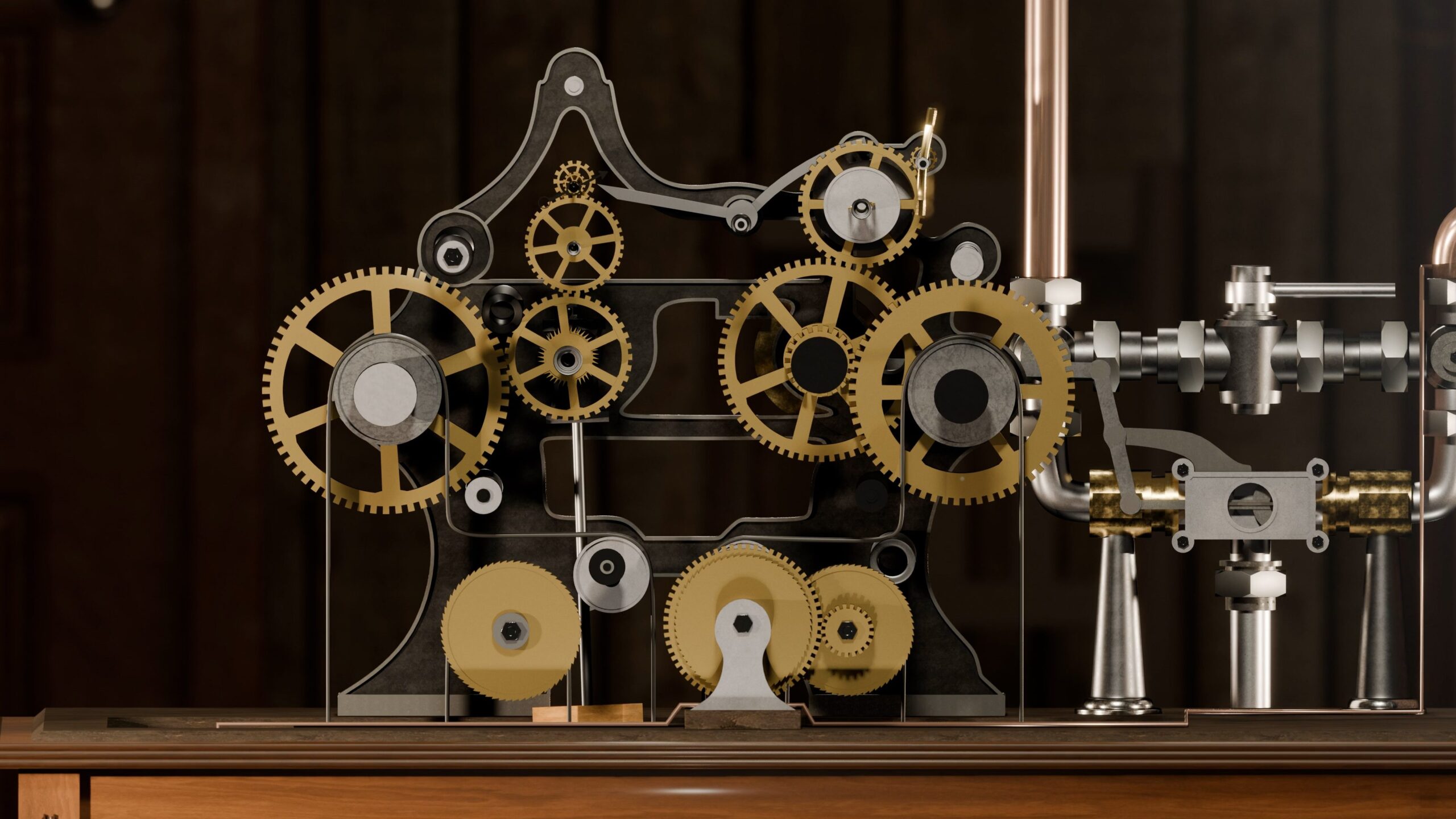
For the Paris master clock, it was split into two separate sides. On the left was a standard pendulum clock that drove the hour, minute and second hands. The clock on the right was basically a timer that would control when to release the bursts of compressed air into the network of clocks. But what kept the master clock in time? In the Paris Observatory, there was another super accurate clock that was updated daily using observations of stars and planets. A timekeeper would update the master clock if necessary using the Observatory clock as a reference.
In order to synchronize every clock around Paris, the master clock had to be extremely precise. Both sides of the clock worked together to send out bursts of air to thousands of clocks connected to the system.
At the start of each minute, the left-hand clock would start counting down while the right-hand clock would be locked in place by a lever. Once the left-clock reached the 60th second, a tooth on the top gear activated the lever, which released the right-clock and allowed its gears to start spinning. Instead of an escapement to limit the speed, the right-clock had a simple fan-fly, which used its own drag to slow the gears down. This would allow the clock to run for about 20 seconds until the lever locked back in place.
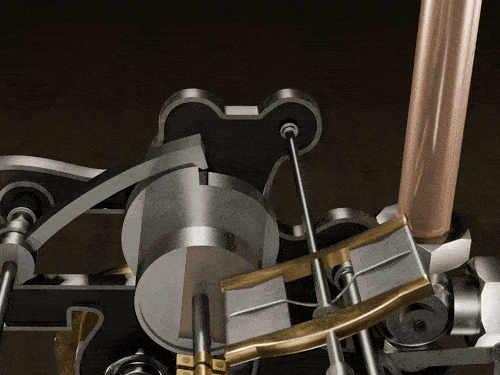
When the gears turned, a rod attached to one of the main gears was activated. This opened a valve that allowed compressed air to flow into the distribution pipe. The valve would remain open for the first 20 seconds of each minute, and closed for the remaining 40 seconds. This created a 20 second period every minute where air could flow to all of the clocks in the network.
One of the best things about this entire system was its ability to reset itself once the weights had fallen. A thin pipe leading off from the distribution pipe fed the compressed air back into two pistons at the side of the clock. This would raise two levers attached to both clock systems, lifting up the weights and resetting both clocks without interrupting the cycle. But where did the air go after leaving the master clock?
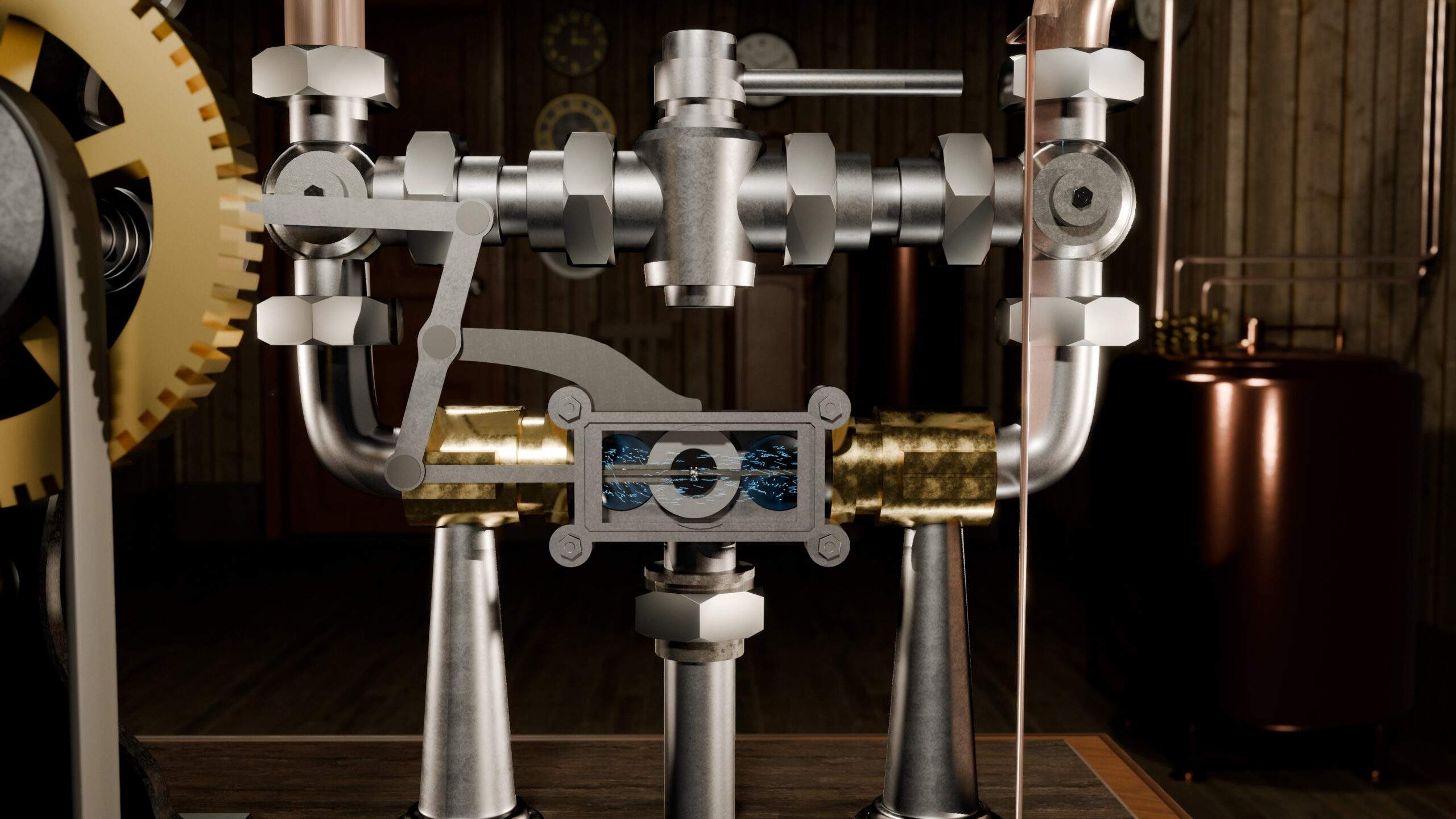
Distribution pipes
From there, the air would split into 10 different pipes that were each assigned to different districts around Paris. These would carry the air into iron pipes that ran for hundreds of kilometers through the sewage and metro tunnels of Paris. As the compressed air entered the pipes, it would quickly start sending a pressure wave through the entire system, taking up to a minute to reach some of the furthest clocks. But what actually happened when the air reached the clock?
Pneumatic clock mechanism
The clocks themselves were very simple. The minute hand was connected to a gear that had exactly 60 teeth. As the air reached the clock it entered into a bellows, which would inflate and push a rod upwards. This lifted the main lever which pushed the gear along with an articulated tooth. On the other side, another tooth would stop the gear from moving backwards. Once the bellows fell back down, the tooth would pivot, and a small weight would keep it engaged with the gear.
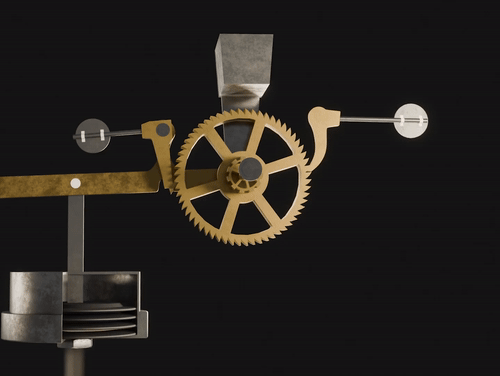
This clever mechanism meant that a full inflation of the bellows would always push the gear forward by exactly one minute. To make sure it didn’t go any further, a bracket would limit the lever from progressing by more than one click. The hour hand was connected to the minute gear using a ratio of 1 to 12. Meaning, the minute hand would complete 12 rotations in the time it took the hour hand to complete 1.
The great thing about this system was that it wasn’t just for public street clocks or train stations. Anyone could have these clocks installed in their house for a subscription of just 30 cents per day in today’s money. This service became as important as having water or gas.
Despite being damaged in the great flood of 1910, this incredible system continued to work for almost 50 years, and ended in 1927 when accurate electronic clocks were good enough to keep time. By now, these clocks are long gone, but signs of where these clocks once stood can be found all around Paris.

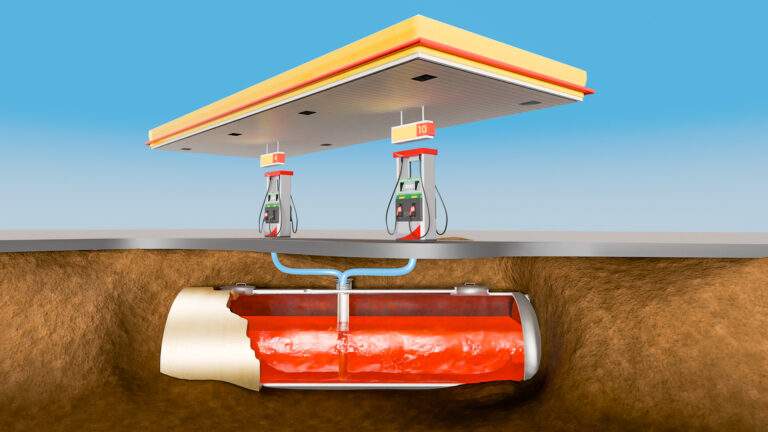




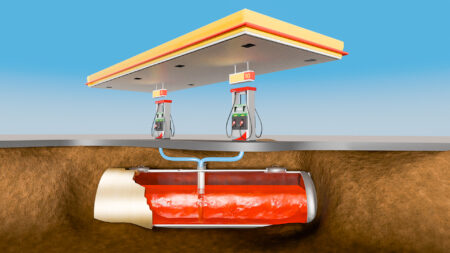

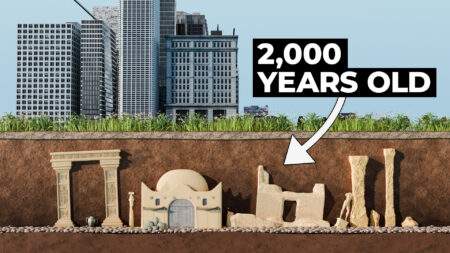




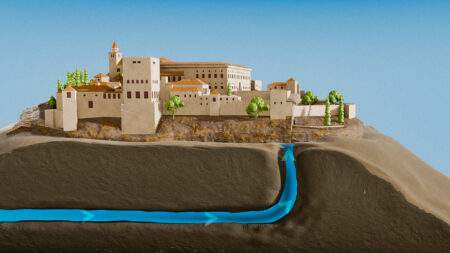
I came here after watching your YouTube video with so many questions, but the main one is: if they knew it took over a minute for the signal to propagate, how is it that they (apparently) didn’t compensate for that somehow?
They probably just accepted that some clocks might have a difference of 1 minute, it was still a massive improvment in accuracy. Alternatively, for further away clocks, they might have just moved the minute hand forward by 1 minute.
Great post! I enjoyed reading it and learned a lot. Your writing style is engaging and easy to follow, and the information you provided was very helpful. Thank you for sharing your knowledge and expertise on this topic. Keep up the good work.
Is the videos a 3d animation and if it is due you share them?
Do you use 3d objects and if you do that can you share them?
Please explain in detail what exactly caused the clocks to stop at the same time?
The flood damaged the master clock, and so all clocks that were connected stopped.